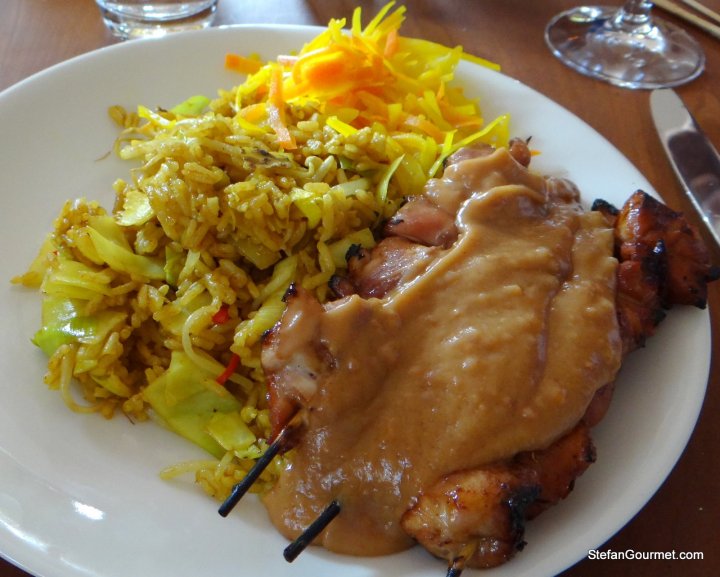
My First Poke
We eat most fish on Fridays and Saturdays, since I prefer to eat fish on the day that I bought it. The well-known Albert Cuyp market in Amsterdam is just a few blocks from the office, and I should take more advantage of that to go there and get fish during my lunch break so we can have fish on other days of the week as well as we both love fish.
When I was on the Albert Cuyp market I saw some nice tuna and thought it was time I would give ‘poke’ a try. Poke is a Hawaiian dish that I had never heard of before, despite having been to Hawaii for a week two years ago. I had noticed it on Richard McGary’s blog REMCooks.com before, but only when I saw the photo of the Baby Lady smugly enjoying poke I knew I really had to try this 🙂 I was not disappointed, as we both loved it and I will definitely make poke again.
Poke is a Hawaiian dish made with raw tuna (called ahi in Hawaii, either big eye tuna or yellowfin tuna) and a variety of other ingredients. I based my first attempt upon Richard’s post about Pesto Poke, but I added some avocado as well and replaced the cilantro with parsley. Continue reading “My First Poke”

































